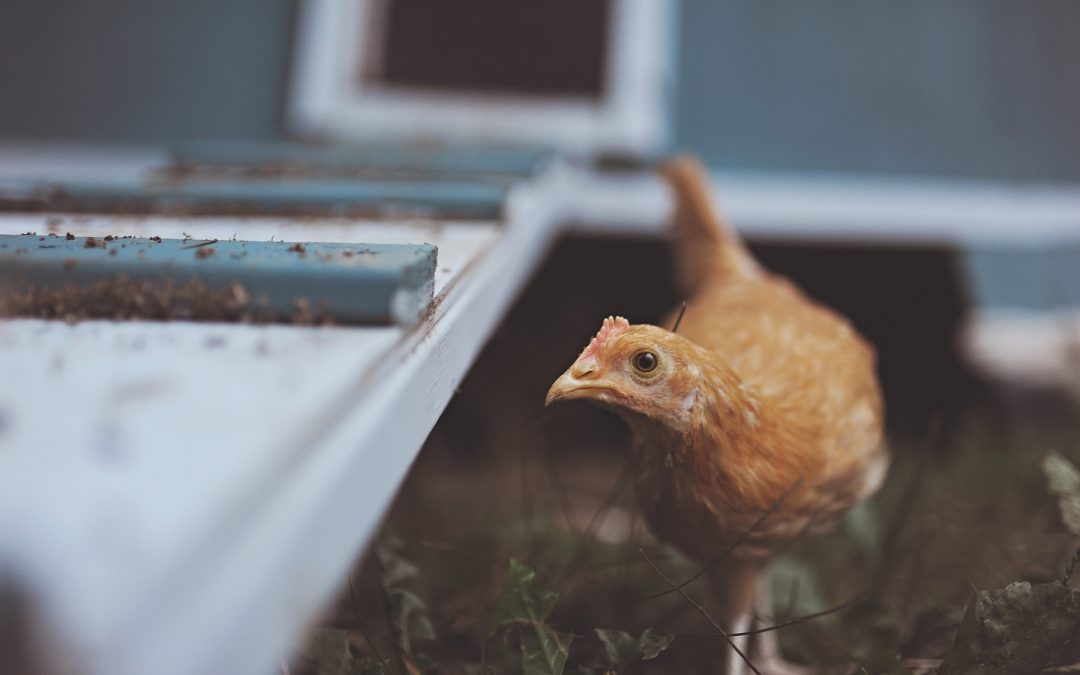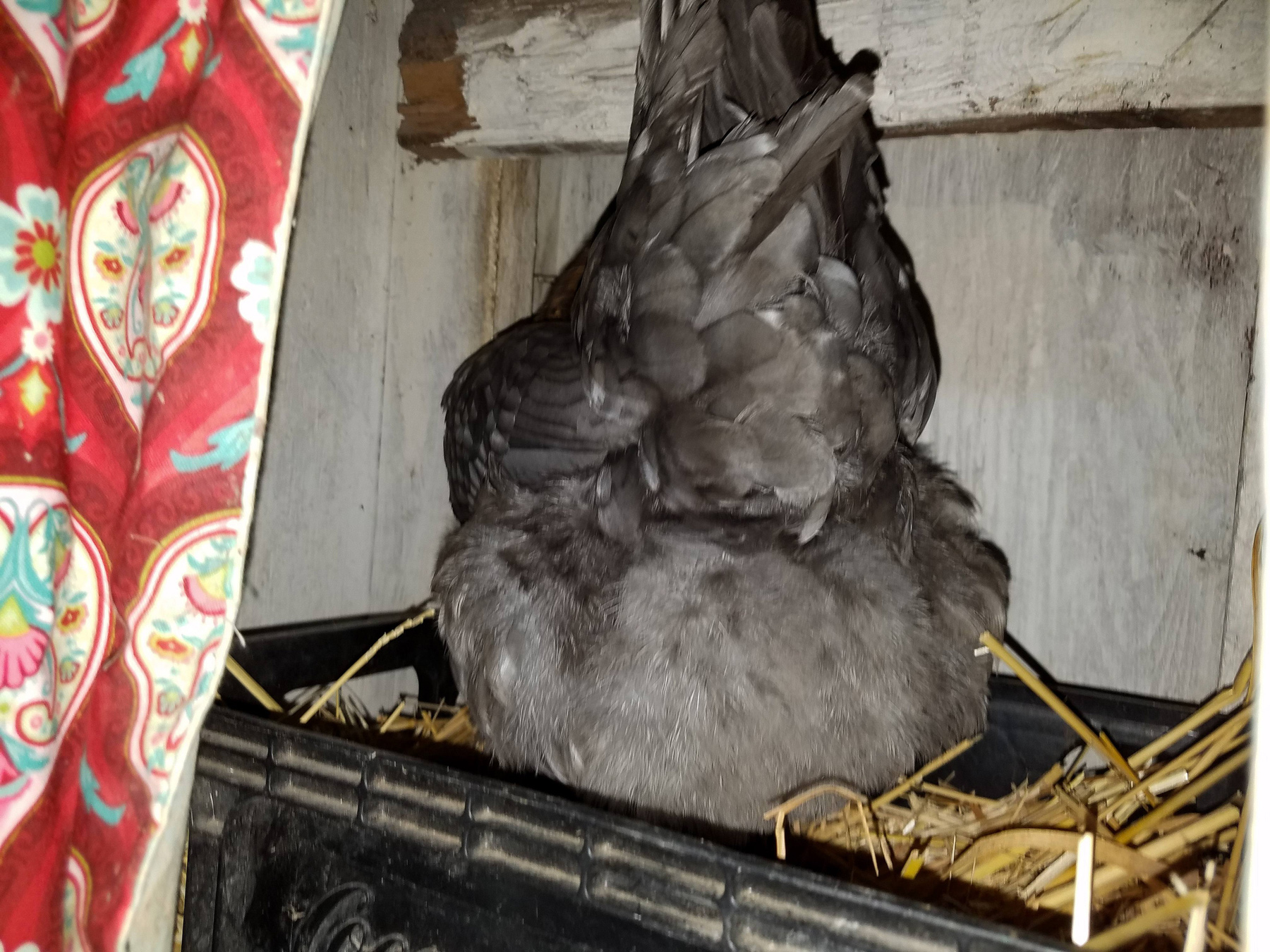For those new to raising chickens, make sure to read, Setting up A Chick Brooder. The tips in this article will ensure that your young flock thrives while in a brooder.
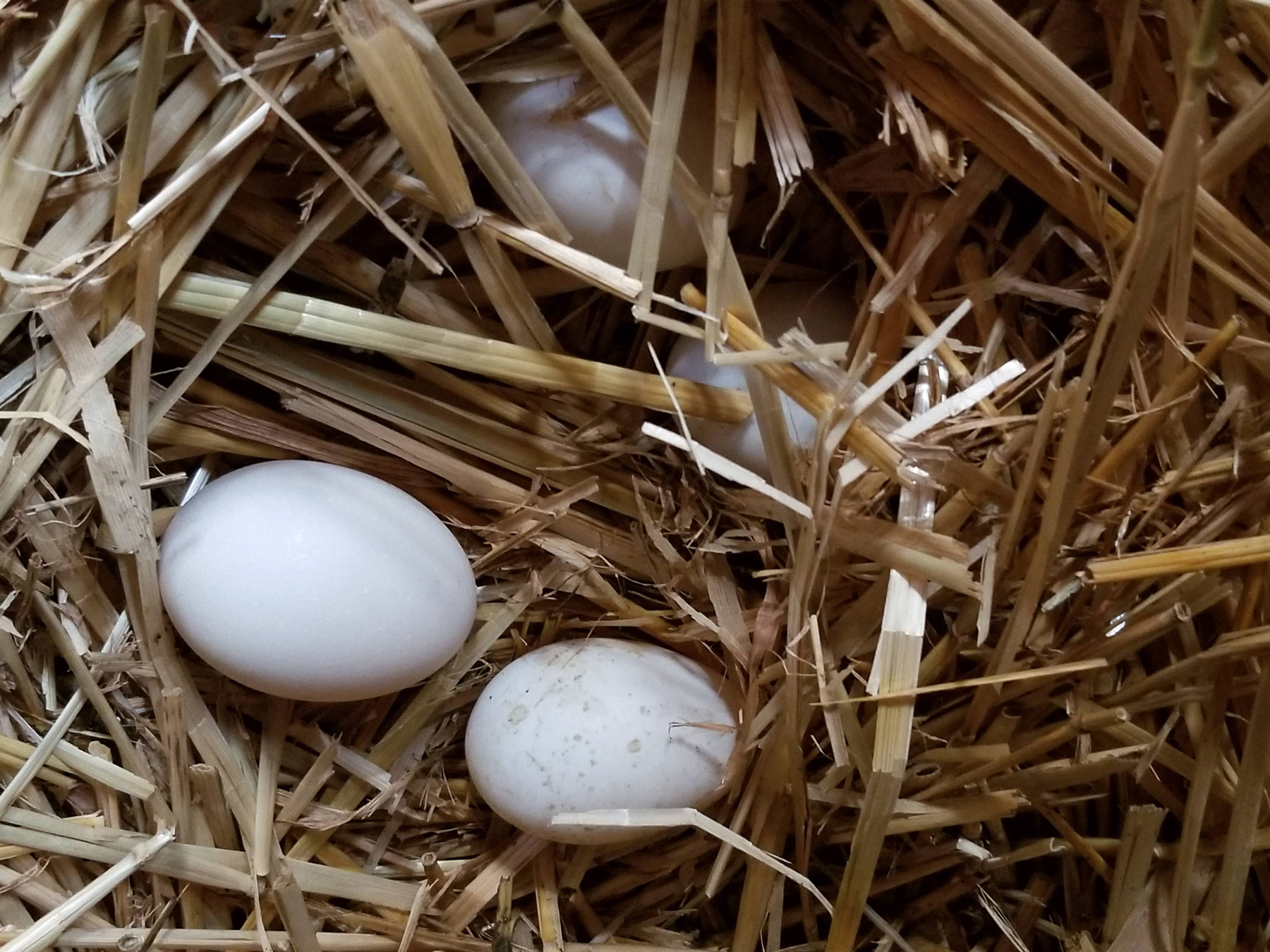
The Beginner’s Guide to Chicken Coops
Congratulations and welcome to the Fluffy Butt Club! Where you receive hours of entertainment and even are rewarded for raising chickens!
Whether you are new to raising chickens or a seasoned chicken keeper, there are a few tips you will want to keep in mind. And the most important tip is this, your coop is going to get dirty.
Yes, your coop will become extremely untidy, your eggs will get muddy, and your white hens or rooster will look as if they spent time in the pig pen. As a matter of fact, during the winter months, it will get to the point that you will begin to wonder why you even bother raising chickens.
But don’t despair! I am going to share with you my tips on basic coop necessities. Consider these tips to be a practical beginner’s guide to chicken coops.
But first, you must have a coop.
Building a Chicken Coop
A chicken coop really only has a few requirements. The structure must be draft free, have proper ventilation, and protect the birds from predators.
In the years of raising chickens I have seen quite a few coop designs. Some will make you swoon because of their beauty, while other coops were simply brilliantly constructed. My favorite to date was from a follower who constructed individual coops to resemble a western town.
As homesteaders, we pride ourselves on the ability to build something out of nothing. What does this mean exactly?
When one has the ability to take scrap or recycled material and transform it into a functioning item, well, you’ve officially reached homesteader status.
Building a chicken coop does not require constructing a new structure. Many transform old structures, such as an old garden shed. Others have been known to use old metal or plastic sheds, whereas, those who can, have built a chicken coop using an old school bus!
It has officially, not really officially, been proven that chicken keepers will stop at nothing to provide their flock the perfect chicken coop.
Chicken Coop Necessities using Recycled Material
There are a handful of chicken coop necessities which all chicken coops should have. A few of the items listed are optional. However, over the many years of keeping chickens I find these items to be necessary.
When homesteading the focus is always on secure biosecurity measures. Protect your chickens, other poultry, and livestock as best as you possibly can. The following tips ensure good animal husbandry practices.
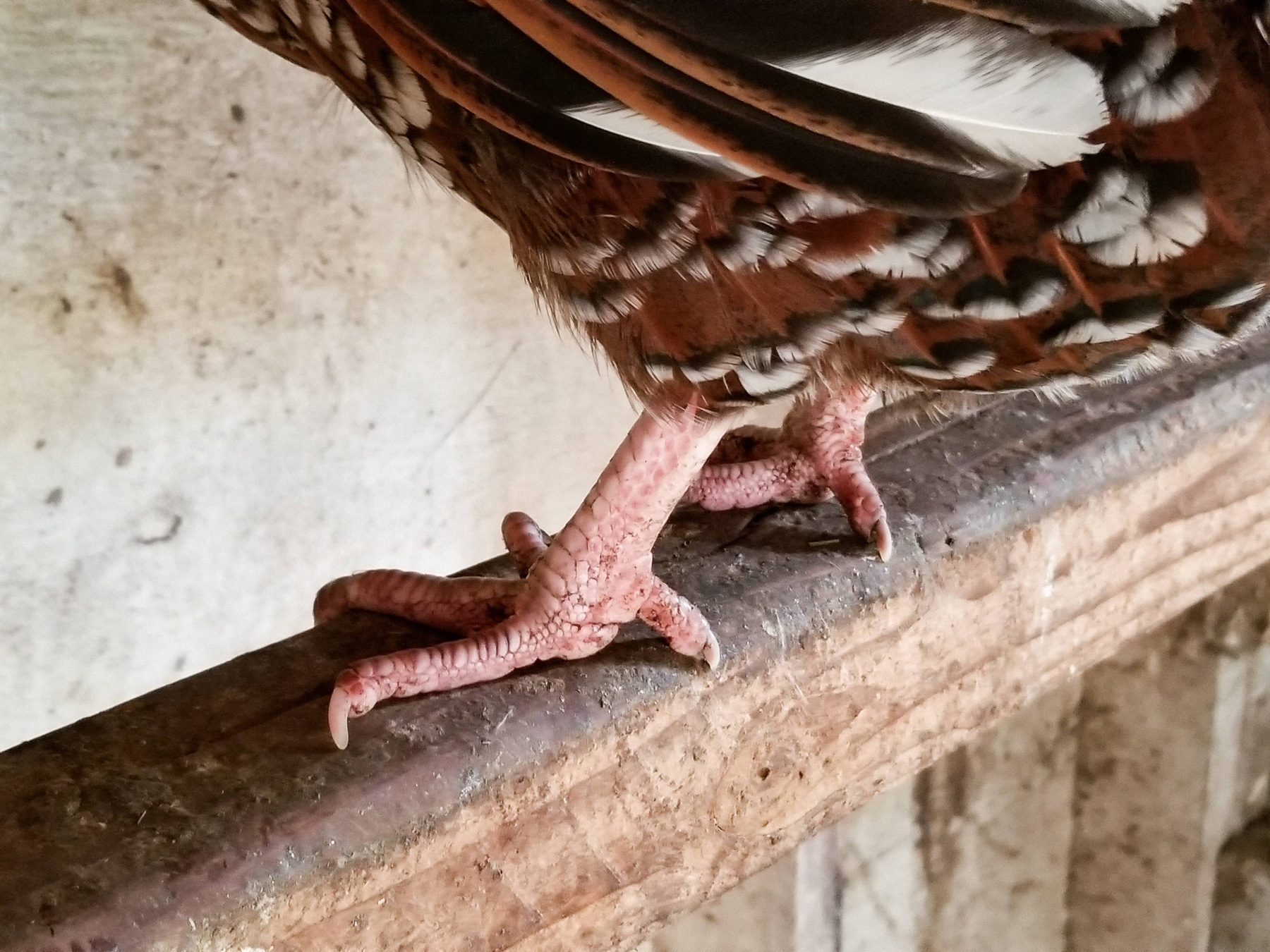
Roosting Bars
Using untreated 2x4s is the best type of roost you can offer your flock. Free untreated 2x4s can often be found at construction sites. Most sites will gladly hand over left over cuttings to prevent hauling them off.
Tree branches are free and found everywhere. However, they lack one thing, the ability for hens to sit completely on top of their feet.
During the winter months, especially in extremely colder climates poultry and birds sit on their feet to prevent frostbite. When the feet are holding tightly to a tree branch it leaves the nail end of the toes exposed.
Another reason 2x4s are an excellent choice is because of mites. Mites such as red mites are often found buried in tree branches. This species of mites is known to burrow into any type of wood.
The only way to remove the mites is to burn the wood. Either remove the roost completely and burn it, or take a hand torch and scorch the entire surface of the wood.
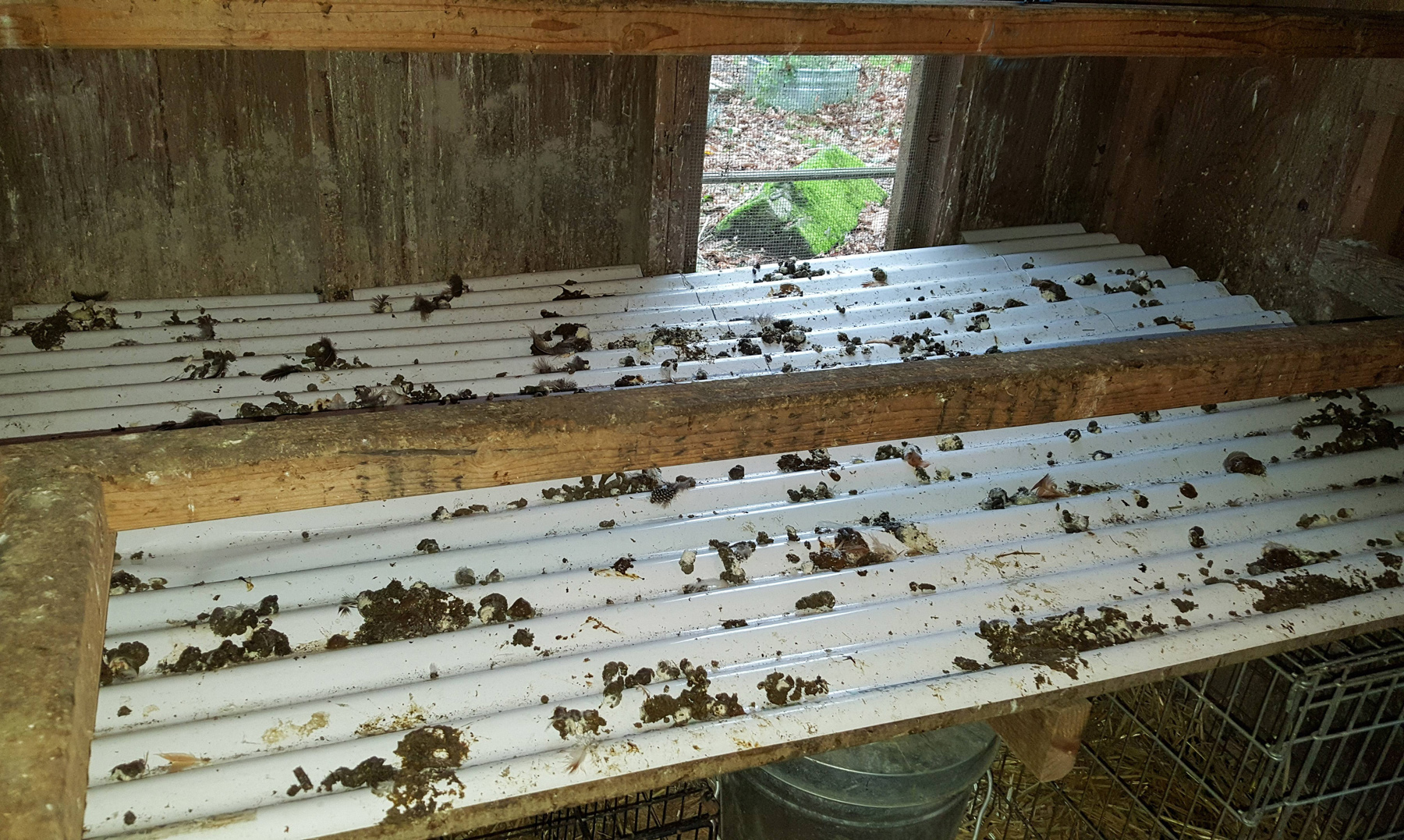
Dropping Pans
White corrugated polycarbonate roof panel placed under roosting bars serves two purposes. The corrugated panels can be purchased at many local hardware locations.
Using the panels allows the waste to be captured. In the long run, this process allows for the coop floor bedding to last longer.
Another reason to incorporate corrugated panels is to establish strong bio-security measures. Because the drop pan will need to be cleaned daily, the poultry keeper has the opportunity to inspect the waste checking for signs of illness.
Issues such as heavy worm load, coccidiosis, and other internal illness appear in the chicken’s droppings. Also, molting is identified much quicker with the use of drop pans. The down of the feathers often shed prior to the actual feather.
Cleaning this type of dropping pan is extremely easy. Simply remove it daily and hose it off. The drop pan can last years prior to needing to be replaced.
One tip, make sure to construct a frame to hold the drop plans in place. Chickens squabble for the best roosting spot and will often knock each other from the roost. Bracing the dropping pan prevents it from crashing to the coop floor and possibly injuring the fallen bird or any flock members.
Nesting Boxes
The type of nesting box selected plays an important factor in both biosecurity measures and cleanliness. But first, there are a few things to know about chickens prior to purchasing, or constructing, nesting boxes.
Chickens enjoy kicking out the bedding in nesting boxes. The next thing you’ll need to know is this, poultry can become carriers of lice and mites. The third fact to keep in mind, every once in a while eggs will crack in the boxes.
Nesting boxes come in all shapes and sizes. Some mount to the coop wall, whereas others rest on the floor. The typical material used to make nesting boxes are plastic and plywood.
Removable plastic nesting boxes with high sides are the best option for nesting boxes. The choice to use plastic allows for easy washing and sanitizing. Not to mention, the material dries quickly.
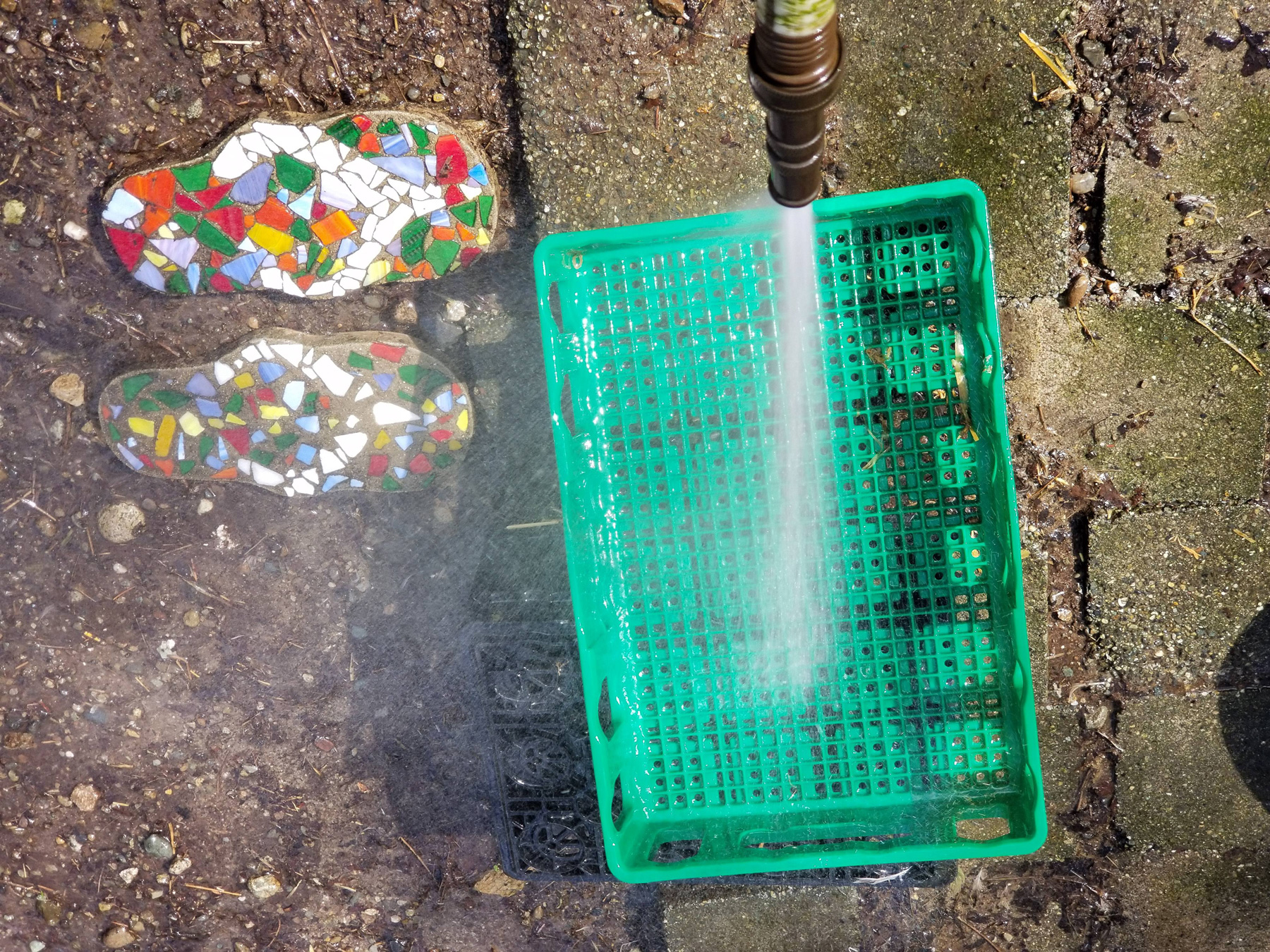
Using wood boxes runs the risk of mites, for example, red mites, to burrow themselves into the wood. Cracked eggs absorb into the wood and often cause the wood to mold.
Large plastic wash tubs are available at many dollar stores. In addition to the wash tubs, many local markets discard plastic crates such as soda crates.
The soda crates are heavier than the wash tubs, making it difficult for hens to tip them over as they are exiting the nesting box.
Bakeries discard large 5 gallon tubs daily. Stop by your local bakery to gather the amount of tubs needed prior to building a chicken coop.
Feed Containers
With raising chickens comes the issue of attracting rodents. When building a chicken coop consider placement of the feed containers and supplement dispensers.
To minimize any rodent issues make sure the feed is picked up each night. Store the feed bowls and extra feed in a galvanized container with a lid. This prevents rats or mice being drawn to the coop.
Also, do not feed chickens or other poultry in the coop. Instead, place feeders as far from the coop as possible. Again, pick up any extra feed or kitchen scraps nightly.
Construction sites often dispose of galvanized containers once the job has ended. Again, many of the superintendents will gladly give away items versus paying for them to be dumped.
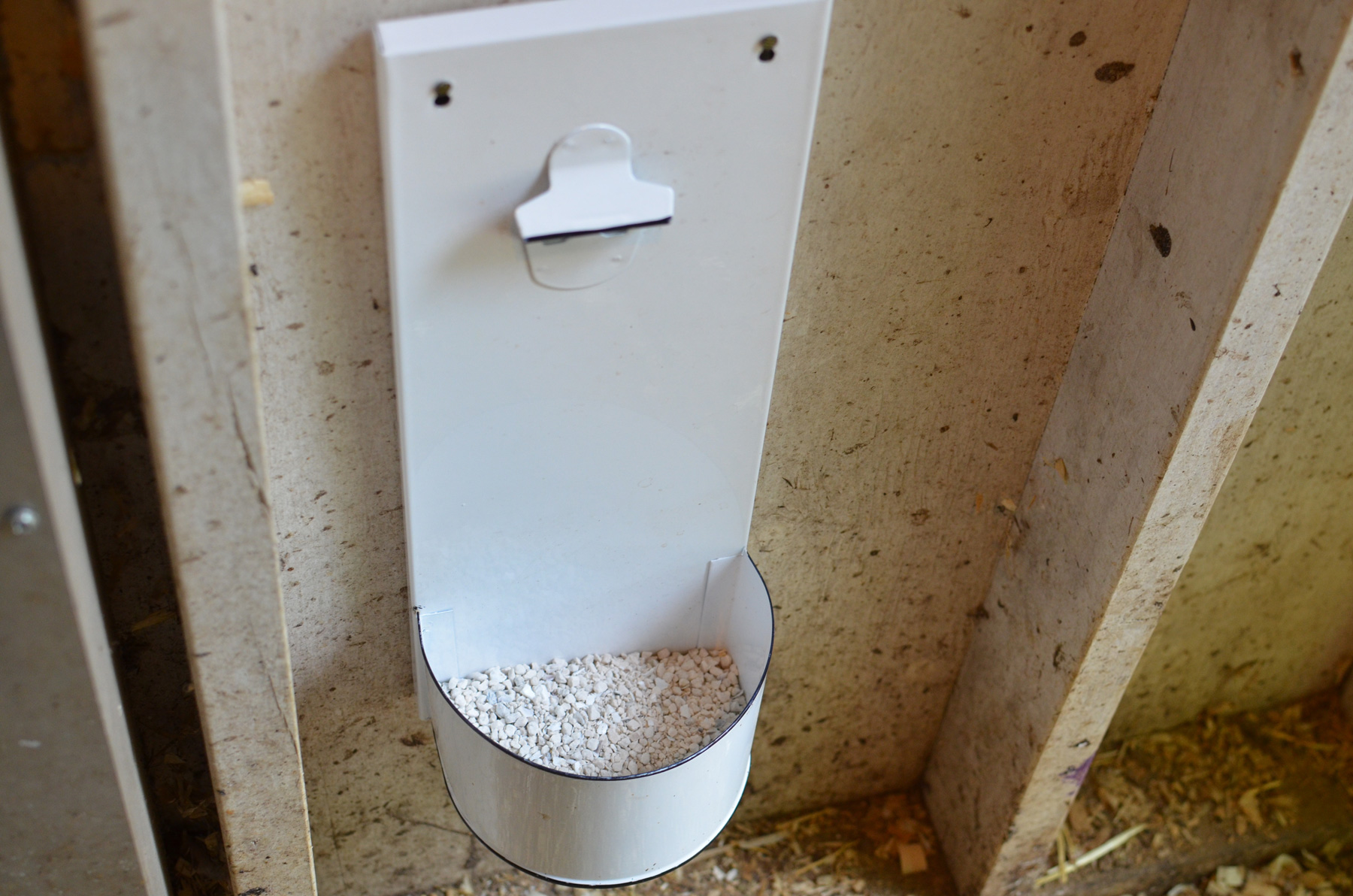
Supplement Dispenser
Here are two more chicken coop necessities which must always be available for all poultry flocks.
Supplement dispensers are designed for free choice options such as oyster shell and grit. There is no specific type of dispenser to use, and in truth, anything you have laying around will do.
A supplement dispenser will be needed to offer free choice oyster shells. Oyster shells offer calcium to laying hens. Egg shells are made with the calcium from a hen’s body, making it important to replace what is used.
Without a supplemental form of calcium the hen’s body will begin to draw it from the bird’s bones.
Those who keep their chickens in a run will need a secondary dispenser to hold free choice grit. Poultry consume grit as needed, assisting the crop and gizzard to break consumed food.
Without grit the digestive system will not run smoothly.
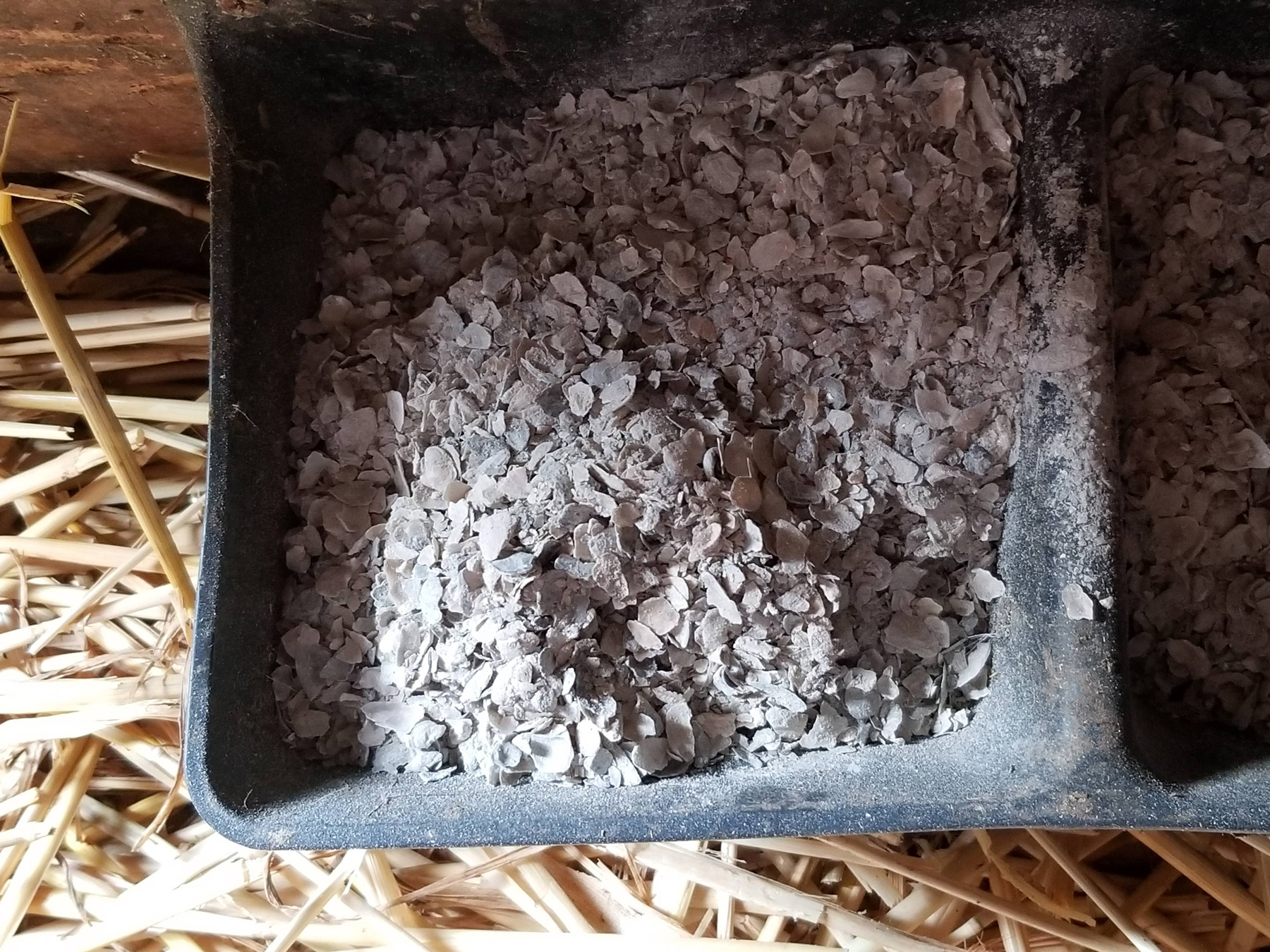
The Beginner’s Guide to Chicken Coops
And there you have it. The best tips available for building a chicken coop inexpensively, and the necessities needed for raising healthy, happy poultry!
Luckily, all the material needed can be recycled, reclaimed, and free. Do not be afraid to glean from construction sites. Visit second hand stores. Also, ask friends, family, and neighbors for items which are not being used.

Ann Accetta-Scott homesteads on two acres in Washington state, raising poultry, goats, and rabbits. She is an educator and encourage of all who are seeking to live a more sustainable lifestyle. Ann is also the face behind the website A Farm Girl in the Making and author of The Farm Girl’s Guide to Preserving the Harvest.
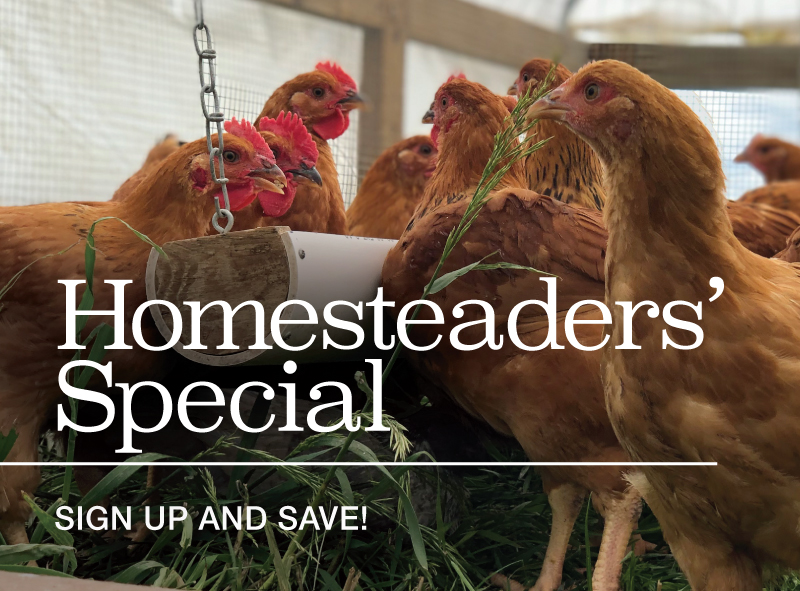
NEW Homesteader’s Special Available in 2020 from McMurray Hatchery
McMurray Hatchery is proud to partner with Homesteaders across the country, and support more sustainable lifestyles, by offering our new
Homesteaders’ Special. Our Homesteaders’ Special makes it easier to raise your own flock for meat and eggs:
- Register as a Homesteader by calling (800) 456-3280
- Purchase a minimum of 350 birds per year
- Choose your savings: 20% OFF OR 60-DAY TERMS!
Feature photo courtesy of Cassandra Haring. Article photos courtesy of Ann Accetta-Scott.

